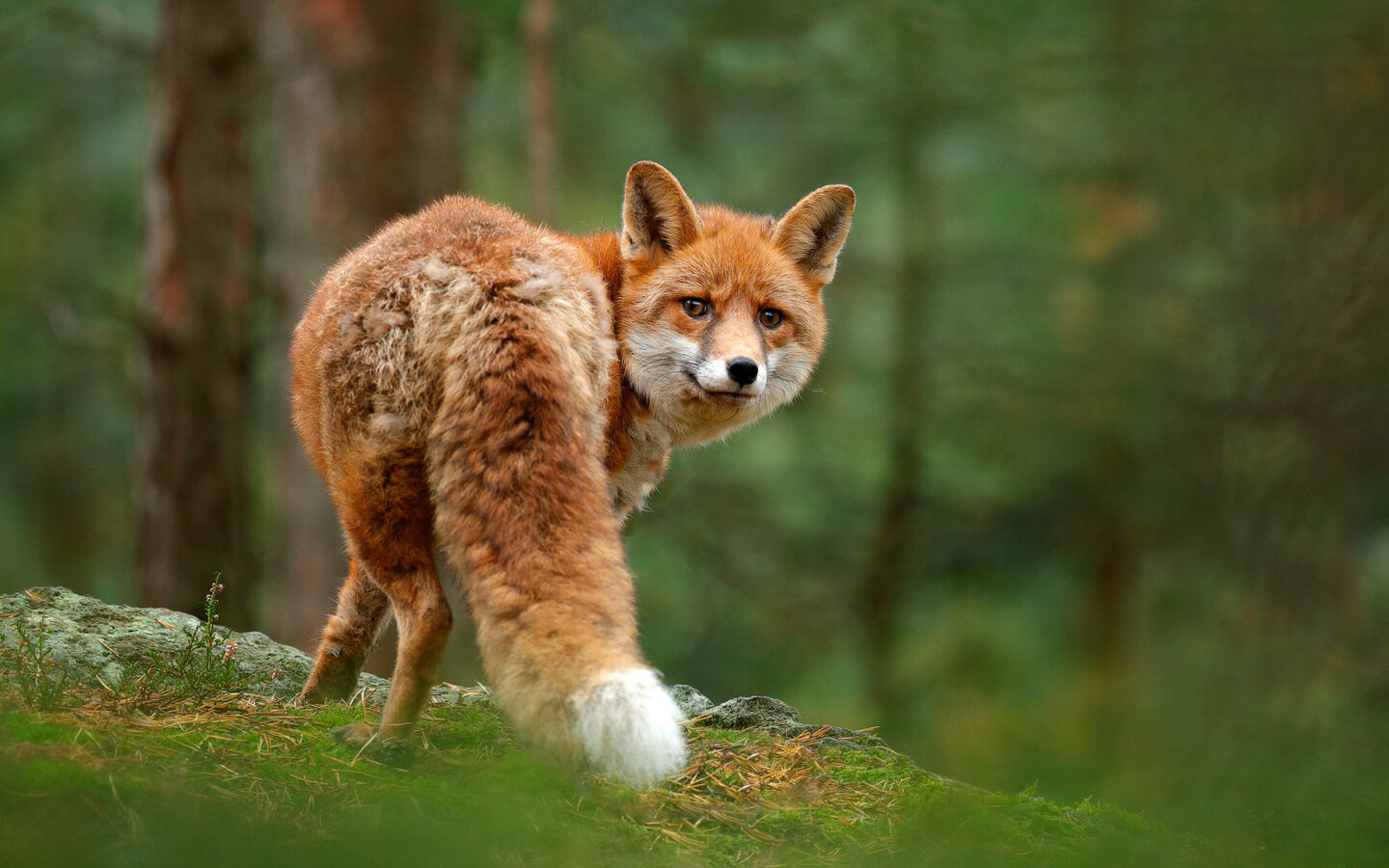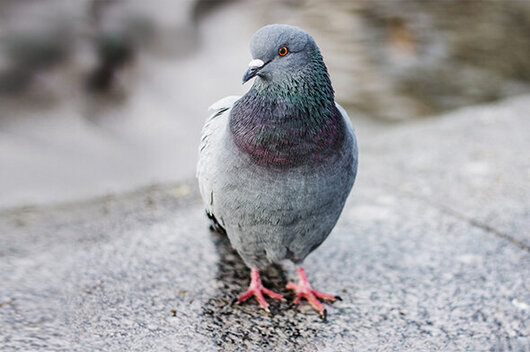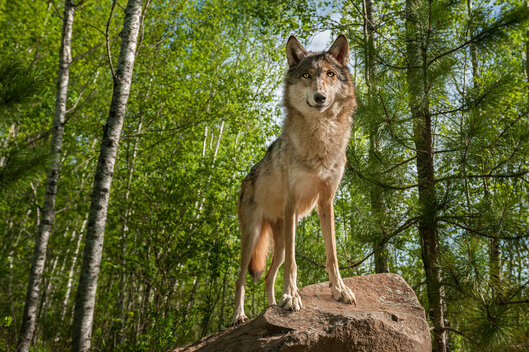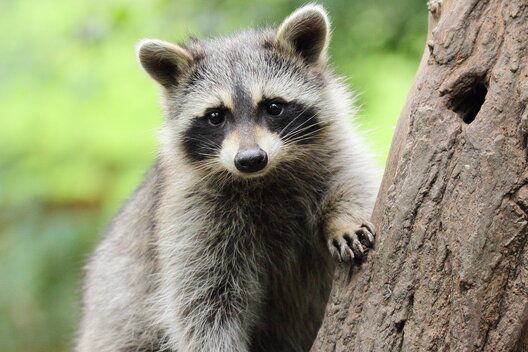Shooting and trapping in the forest have nothing to do with animal welfareHow animals suffer during hunting
There are more than 430,000 hunters in Germany. Their number has been growing for years. They usually argue that hunting is also a contribution to nature conservation and that everything is done with animal welfare in mind. But what goes on in the forests is unfortunately nothing other than cruelty to animals in countless cases.
Over four million wild animals die every year in Germany alone as a result of hunting. These include more than one million deer, hundreds of thousands of wild boar, foxes, wild pigeons, raccoons, ducks, geese and hares.
Hunting does not protect species
Most hunters claim to want to protect nature and forests by keeping animal populations in balance. But as a rule, they mainly want to preserve species such as roe deer, stags and pheasants. Because they can hunt them. However, it is not possible to protect highly endangered species such as the partridge or the lynx by hunting or supporting hunters. For many of them, hunting is not animal welfare or nature conservation, but a leisure activity.
Foxes, martens and the like regulate their populations themselves
There is no sensible reason to shoot foxes, martens, badgers, weasels, crows or magpies. These animals prey on other species. However, this does not endanger them, but ensures that their populations do not grow uncontrollably. Rare or highly endangered species usually suffer more from the fact that their habitats and food are becoming scarcer. The "predators" themselves do not reproduce at will anyway: they are dependent on finding enough food and usually do not tolerate conspecifics in their territories. This balance can be observed in Luxembourg, for example. Hunting foxes has been banned there since 2015 - yet the number of animals there is not increasing.
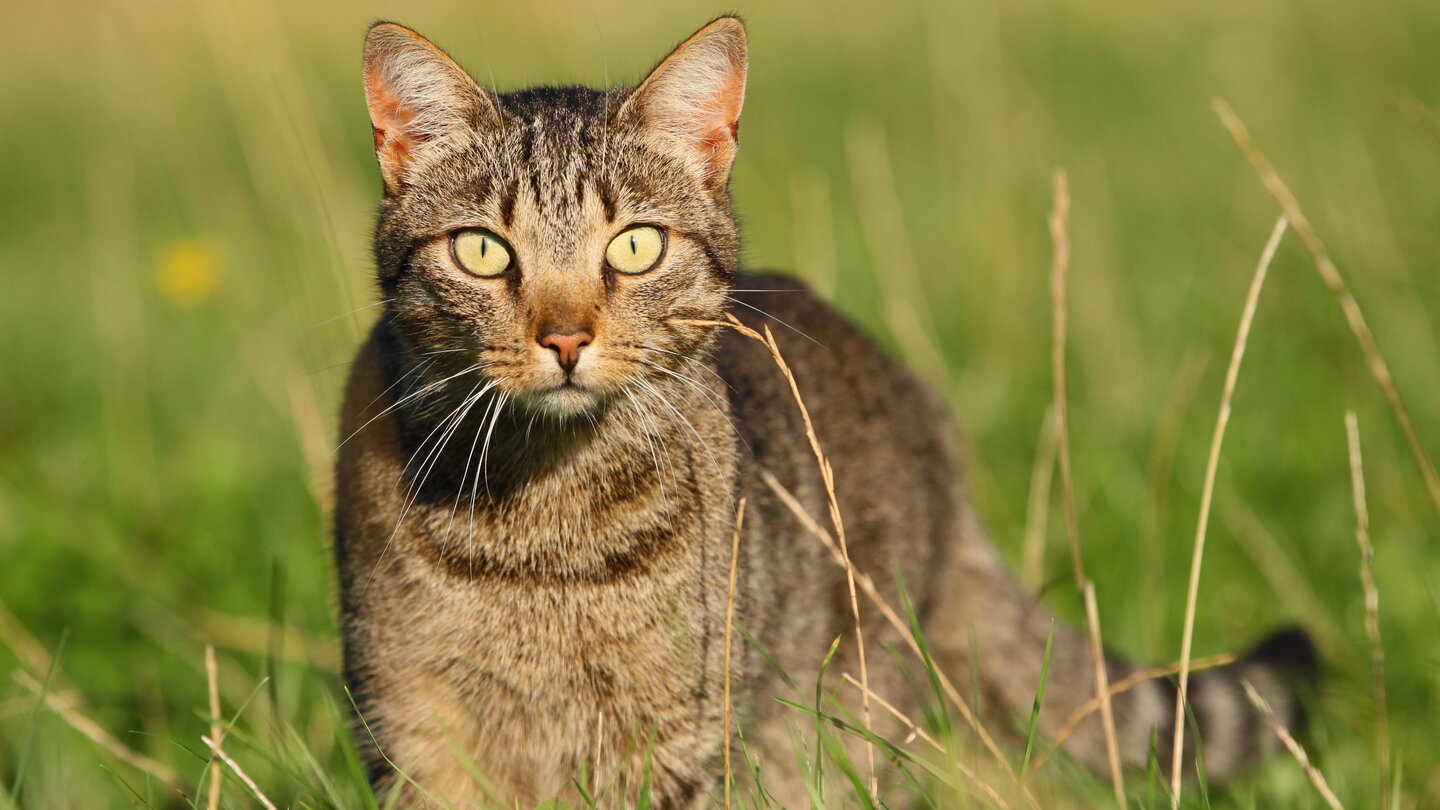
Tens of thousands of pets shot every year
"Are hunters also allowed to shoot cats and dogs?", many people ask themselves, worried about their pets. In most federal states, this is actually still permitted - under the flimsy argument that it protects wild animals. For cats, this already applies if they are only a few hundred meters away from the nearest buildings. Shooting dogs is permitted if there are no people in the immediate vicinity and they are "clearly pursuing game", for example a deer. Hunters do not have to prove whether a dog has actually done this and not simply moved away briefly during a walk. Instead, it is up to the owners of the dogs to prove the opposite. By then, however, the beloved pet is already dead. It is estimated that tens of thousands of cats and over a hundred dogs die every year.
Hunting with traps is cruel to animals
Many hunters continue to set traps. They only have limited influence over which species get caught in them. In many cases, this hunting method is extremely cruel to animals. The so-called killing traps "only" injure countless animals or strangle and suffocate them slowly. Even in so-called live traps, which are not intended to harm animals directly, they suffer from stress and fear of death. Some die in them due to heat or cold, die of heart failure or injure themselves in their desperate attempts to free themselves. Despite this, there is still no general ban on trapping.
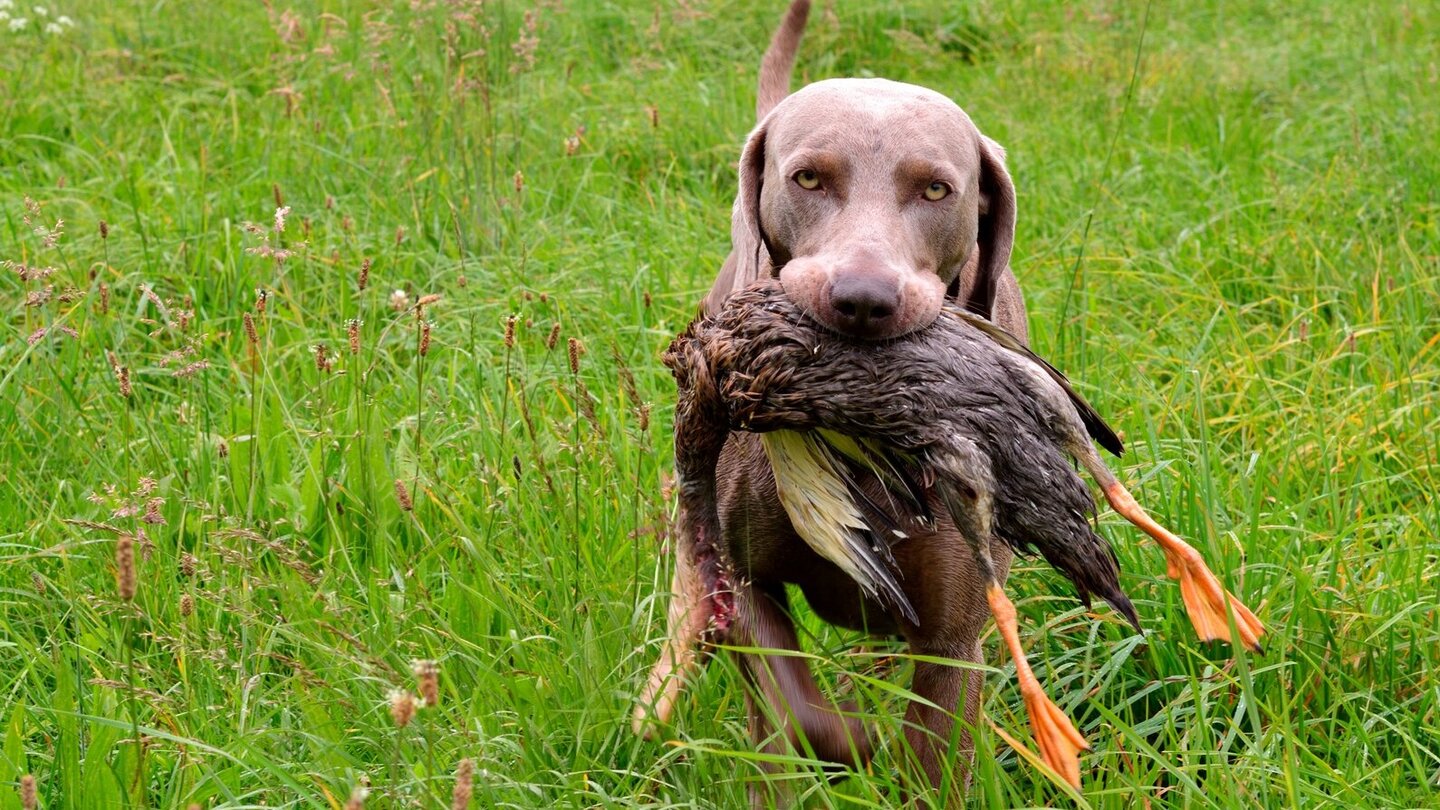
Hunting dog training is torture for "prey animals"
It is frowned upon for hunters to go hunting without a dog. The trained hunting dog takes on a variety of tasks during the hunt: It tracks down wild animals, drives them out of their hiding places or searches for injured animals that have been shot by the hunters. The latter serves to spare wild animals prolonged suffering and is certainly in the interests of animal welfare. However, it contrasts with the methods used to train hunting dogs at the expense of animals - for example on live ducks. To do this, their wings are glued and the animals are released onto a pond. When the hunting dog chases the duck in the water, it cannot escape and suffers panic and fear of death. On the other hand, the trainers place foxes in artificial dens, known as enclosures, where dachshunds and terriers chase and catch them. Although separating fences are supposed to prevent animals from touching each other directly, the situation is pure stress for the fox. In fact, there are other ways to train hunting dogs without live animals. But hunters and hunting dog associations do not want to abandon their methods.
This is what the German Animal Welfare Federation demands
Revise the Federal Hunting Act
The main features of the Federal Hunting Act date back to the early 1930s and were last comprehensively revised in 1976. Among other things, it determines which animal species are subject to hunting rights. The German Animal Welfare Federation is calling for a comprehensive revision of the Federal Hunting Act and other hunting regulations. In any case, the new regulations should at least stipulate that
- fewer animal species may be hunted
- the time during which hunting may take place is shortened
- no hunting is permitted in protected areas
- trapping, den hunting and baiting are prohibited
- the shooting of domestic animals is no longer permitted
- the training and testing of hunting dogs on live animals is prohibited
Sources
Statista 2023. Jahresstrecken in Deutschland nach Wildarten in den Jagdjahren 2019/20 und 2020/21. Online unter: https://de.statista.com/statistik/daten/studie/413287/umfrage/jahresstrecken-in-deutschland-nach-wildarten/
Deutsche Juristische Gesellschaft für Tierschutzrecht 2021. Die Fuchsjagd im Jahr 2021 – Zeugnis eines überholten Jagdverständnisses. Online unter: https://djgt.web19.s60.goserver.host/wp-content/uploads/2021/02/20210126_Stellungnahme_Fuchsjagd.pdf

